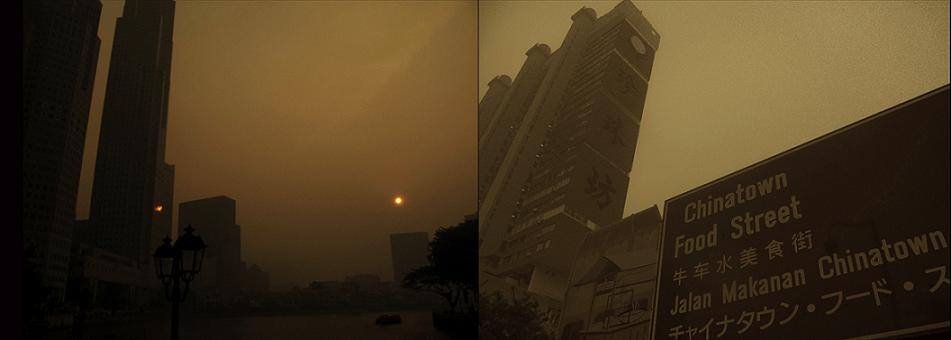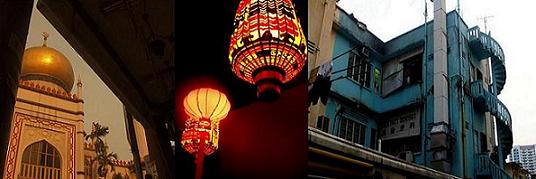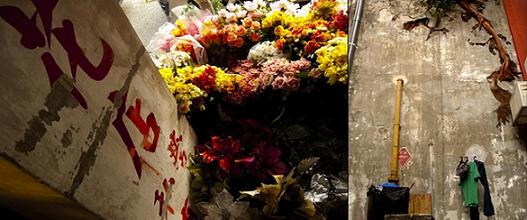HDR student presents paper at conference in Singapore
HDR student Andrea Del Bono blogs about his recent trip to Singapore.
By Andrea Del Bono (opens in a new window)
27 June, 2013

On my way to Australia – one year ago – I visited Singapore for the first time. Although just for a layover, there was enough time to get out of the airport and stroll around the city for for half a day. I was struck by the oppressive heat and fascinated by the mix of vegetation and high buildings in the central business district. 16 months later there I was again, except this time for a longer period met by the great opportunity to deliver a conference paper.
The life and works of Rabindranath Tagore as a metaphor to describe the blurring of cultural boundaries; East Asian postmodernity tackled from the perspective of a Taiwanese television series; the analysis of a movie on a footballer to underpin the rich transformations resulting from the movement of cultures; the detailed account of objects and spaces from urban Japan to highlight how hybridity can be seen both as a nightmare and a dream, were just some of the highlights from the Transcultural Imaginaries conference, held on 14-17 June.
Organised by the Division of English and the Centre for Liberal Arts and Social Sciences at Nanyang Technological University, the conference was a fascinating mix of academic works and artistic performances such as plays adapted from novels and readings of literature classics. I presented a paper entitled ‘Sydney’s (in)visible Cities’ which was an extension of my PhD thesis. The paper addressed my first set of findings from conducting two months of fieldwork on the commodification of Italian and Chinese ethnic identity in Sydney’s Norton and Dixon Streets.
For the duration of the conference, I ambled between Chinatown – where I rented a room in a hostel – and the campus in the western part of the city. Notebook in one hand and camera in the other, I explored as much as I could. I experienced the vibrancy of the night life along the river and enjoyed various exhibitions at the National and the Asian Civilizations Museum. Thanks to an excellent transport system, I easily navigated to Bay Front from Little India and Arab Street from the Botanic Gardens. My expeditions through the underground food courts and night markets where I consumed curries, dumplings and laksas, and drank masala tea and Tiger beer under fans, neon lights and a CCTV camera, allowed me to understand why Singapore is regarded as one of the world’s culinary capital.
Singapore was an inspiring case, and it was great to observe how ethnicity in the urban context can be used to carve out spaces of leisure and consumption. Also, how images related to the Chinese, Indian and Malay 'trinity' intertwine with the rise of Singapore as both a creative centre and a tourist hub. This was especially visible at ‘Gardens by the Bay’, an ambitious urban project that mixes live, work and play environments and has been considered the essence of the Global City Singapore is envisaged to be.
On my last day in the city, a thick and warm layer of haze blowing in from burning forests in Indonesia threatened my departure. The riverbanks were empty because of the polluted air. I took up the opportunity to go for one last walk in a strangely quiet Singapore.
The intellectual environment of the Centre for Liberal Arts and Social Sciences at NTU and the vibrancy of a city that pulses under its financial surface made my second visit to Singapore a truly unforgettable one.

